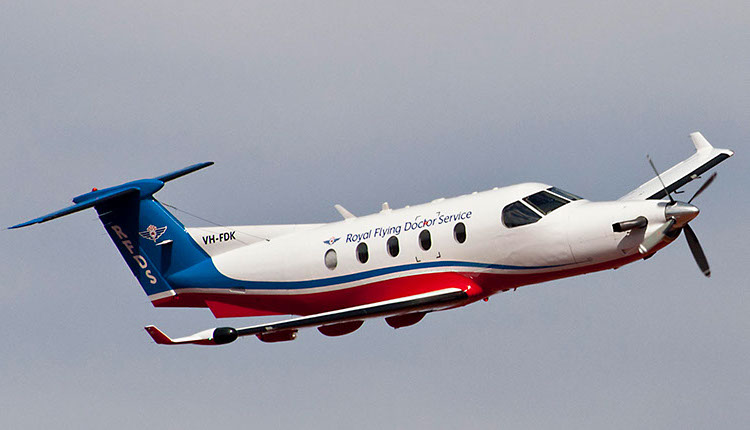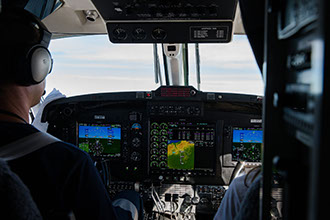Service Sector

The aviation industry Service Sector covers a wide range of flying including the oil industry, police, HEMS/Air Ambulance and rescue helicopters and, in Australia, the iconic Royal Flying Doctor Service.
Qualifications and experience for service sector pilots will differ depending on the category of flying but are likely to require previous experience commensurate with this role and it is unlikely to be your first job.
Requirements
Whilst working for an organisation like the RFDS and other Service Sector jobs can have a certain "romantic" image attached to them the reality can be somewhat different. These jobs will often involve shift work or being "on call" and working during and through the night. Often, you can expect to be based and working in remote or regional parts of Australia, so you need to be self reliant but able to work within a team of other professionals.
The following would be considered the minimum qualifications and experience and employers will often look for higher qualifications and greater experience:
- CASA CPL (A)
- Current Instrument Proficiency Check (IPC with 3 renewals)
- Minimum 2500 hours
- 1500 hours command
- 100 hours night (to be considered for aeromedical roles)
- 50 hours night (to be considered for charter roles)
- 300 hours multi-engine or 500 hours turbine
- Remote area operations

Aero-medical Helicopter Pilots
Before considering a career in the aero-medical environment it might be worth considering how you would feel about being exposed to ‘blood and guts’ and the psychological burden of such work. Aviation is the primary role of a aero-medical pilot but one cannot avoid being in close contact with patients and all that comes with that.
Qualifications and experience in this sector are often quite high so employers often look to ex military pilots to fill vacancies. The following are what might be considered the minimum qualifications and experience for a job in this sector:
● CPL (H)
● 3,000 hours total
● 2,000 hours Pilot In Command
● 1,500 hours Pilot In Command turbine aircraft
● 500 hours Pilot In Command multi engine aircraft
● 50 hours IFR
● 30 hours Pilot In Command NVFR
● Command Instrument Rating (H), minimum 3 renewals
● hoist and low flying ratings
The Wider Service Sector
There are several service sector occupations that embrace carrying of passengers, including oil platform transport. Some of these services require pilot qualification to ATPL, others as far as CPL.
Rotary wing (helicopters) can cover a lot of the work already described, but also have specific roles – such as oil rig transfers, tours and public service (rescue, police, coastguard etc). Ex military pilots often dominate this sector, as helicopter training is relatively expensive, but it is still possible to work up from no experience to CPL(H), or convert from a fixed-wing licence.
Flying other than the direct carrying of passengers or cargo comes under the term ‘Aerial work’. This covers things such as air survey, photography, flight calibration and aerial application e.g crop dusting or fire fighting.
Aircraft used in these roles can vary between light aircraft (e.g. Cessna 172), with a photographer and camera, right up to dedicated specialist aircraft, with a variety of sensors or payloads.
In the film & TV industry helicopters are used not just to take footage, but often to get equipment, people and facilities in to position in often remote or inhospitable locations.
© The Honourable Company of Air Pilots, Australia Incorporated
USEFUL LINKS


